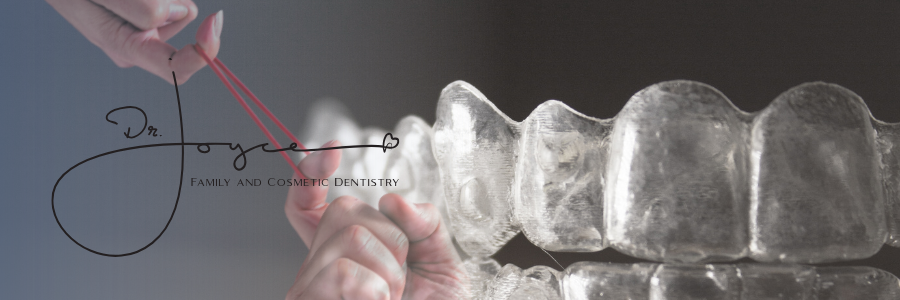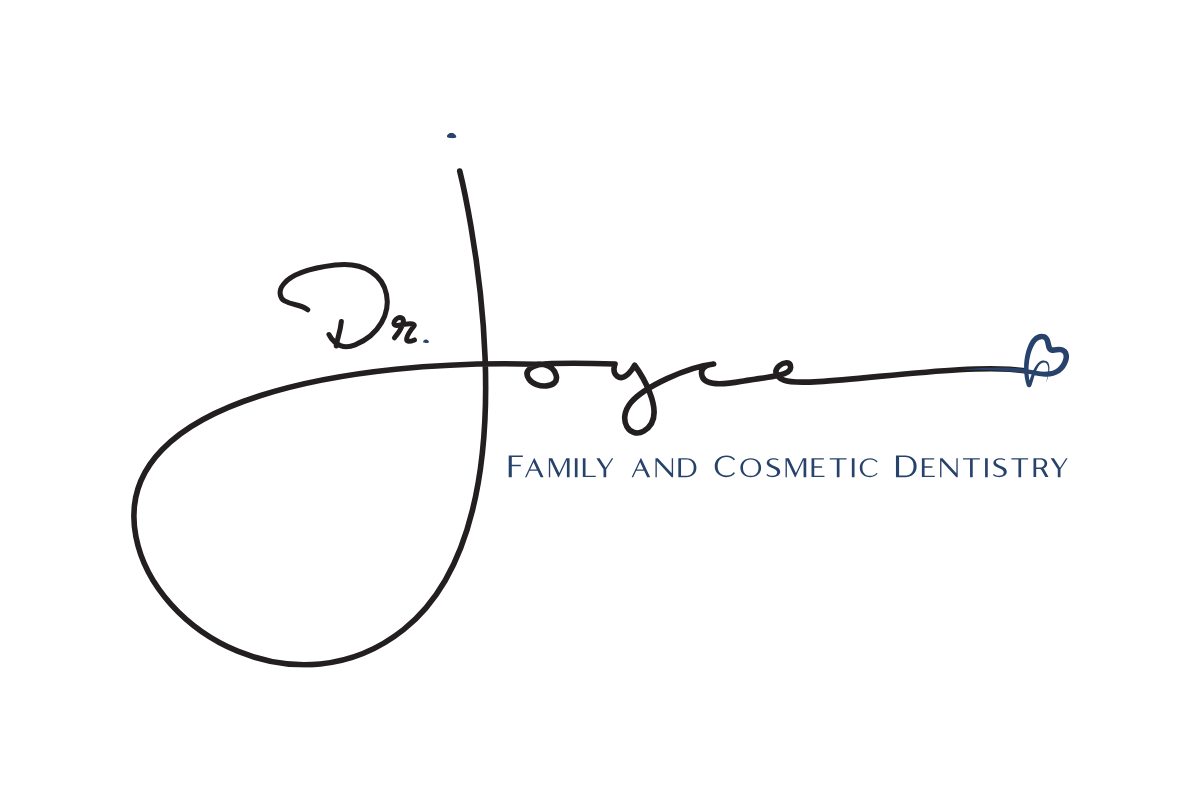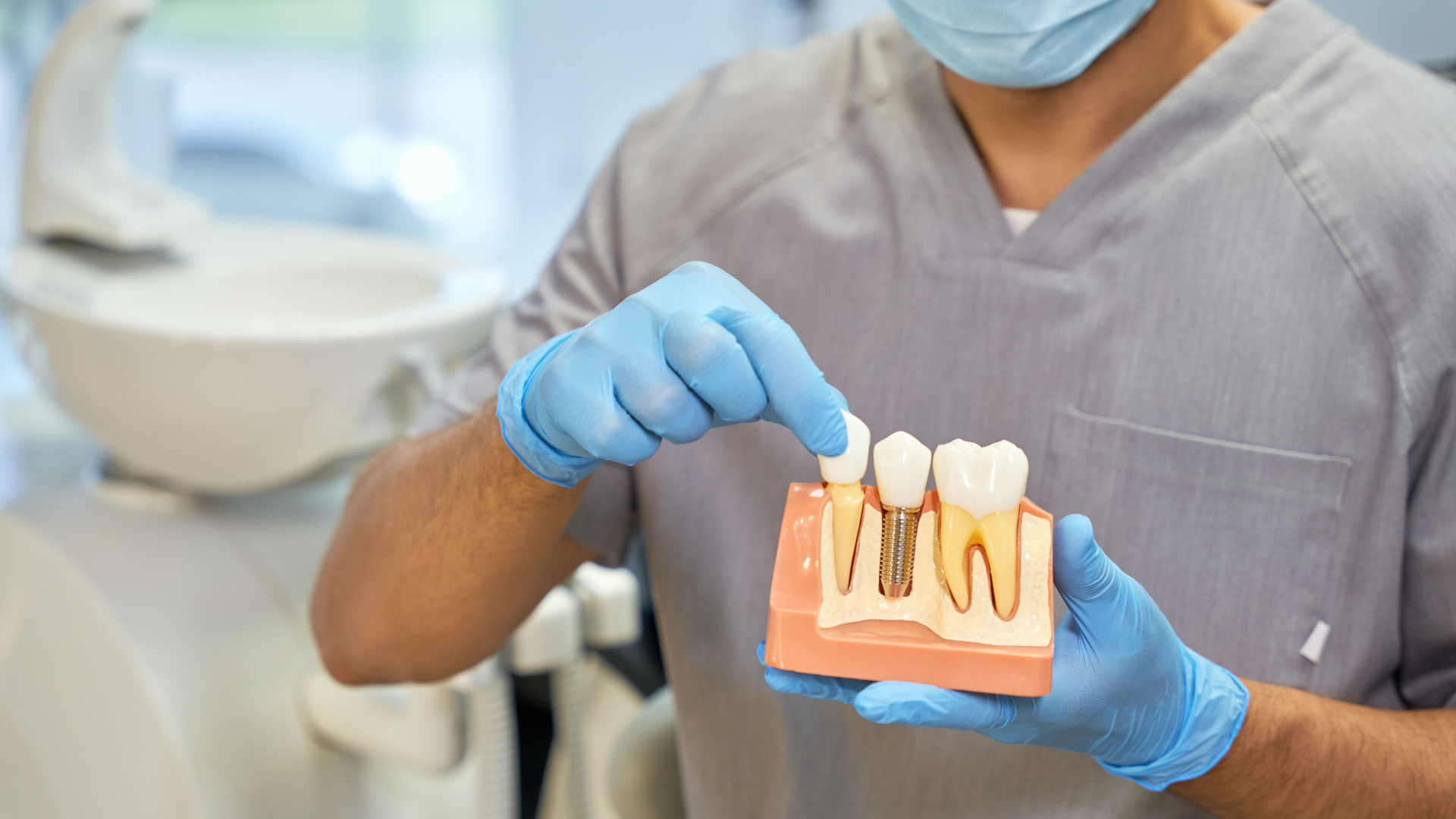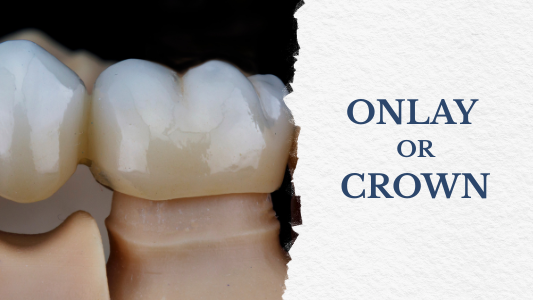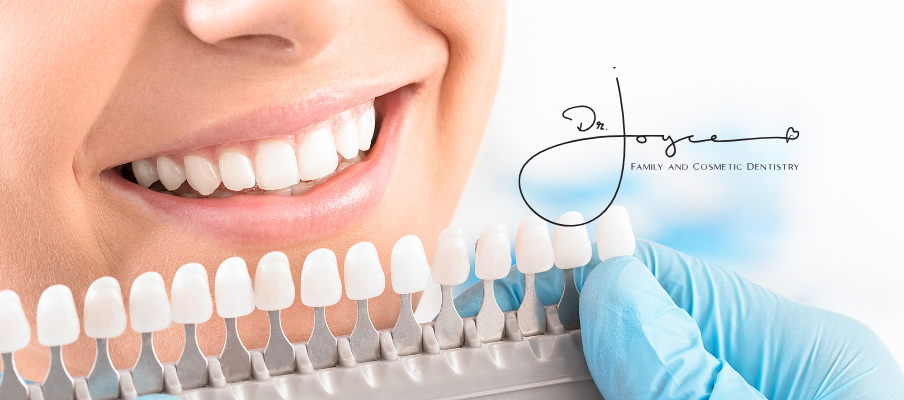Clear Aligners in Westwood: What Does Clear Aligners Do and Are Rubber Bands Necessary?
Understanding Clear Aligners
nvisalign aligners are a popular alternative to traditional braces, offering a discreet, removable solution for straightening teeth. These custom-made, clear trays are designed to gradually shift your teeth into their ideal positions. Each set of aligners is slightly different and must be worn for 20 to 22 hours per day to be effective.
Patients appreciate Clear Aligners subtle appearance and the ability to remove them for eating, brushing, and special occasions. However, successful treatment hinges on wearing them consistently and following your orthodontist's instructions closely. When aligners are not worn properly, or for the recommended duration, treatment timelines can be delayed or results compromised.
While Clear Aligners works exceptionally well for many alignment issues, certain complex cases may require additional support—such as the use of orthodontic rubber bands. If you're wondering what does Clear Aligners do?, the answer is that it helps align teeth, close gaps, and improve bite function—especially when used under the supervision of a qualified provider.
If you’re considering treatment, Clear Aligners in Westwood is a popular choice for patients looking for expert care in a convenient location.
What Are Orthodontic Rubber Bands?
Orthodontic rubber bands, also called elastics, are small yet powerful tools used to correct bite issues and enhance tooth movement. They’re not the same as the rubber bands you find in a desk drawer. These are medical-grade elastics, available in various sizes and strengths, customized for each patient’s orthodontic needs.
Key Facts About Orthodontic Rubber Bands:
- Used to correct bite issues such as overbites, underbites, crossbites, and open bites
- Apply targeted pressure to align the upper and lower jaws
- Must be worn consistently as directed by your orthodontist
- Can be used with both traditional braces and Clear aligners
When paired with Clear Aligners, rubber bands help perform jaw corrections that aligners alone may not fully address.
The Role of Rubber Bands with Clear Aligners
While Clear aligners guide tooth movement, they sometimes fall short when it comes to repositioning the jaw. That’s where rubber bands come in.
Why Use Rubber Bands with Clear Aligners?
In cases involving bite misalignment—like a severe overbite or underbite—rubber bands apply additional force to direct the jaw’s movement. They connect to small hooks or attachments on the aligners and are typically worn across the top and bottom rows of teeth.
By placing tension on specific areas, elastics accelerate and guide movements that may otherwise require longer treatment or fail to resolve altogether.
Conditions Rubber Bands Help Correct:
- Overbite: When the upper front teeth excessively overlap the lower front teeth
- Underbite: When the lower teeth protrude past the upper teeth
- Crossbite: When the upper teeth bite inside the lower teeth
- Open bite: When the upper and lower teeth do not touch when the mouth is closed
In each scenario, rubber bands supplement the power of Clear Aligners treatment by adjusting how the upper and lower teeth align.
When Are Rubber Bands Necessary in Clear Aligners Treatment?
Not all Clear Aligners patients need rubber bands. Their necessity depends on the complexity of the bite and jaw alignment. Straightforward tooth alignment cases can usually be managed with aligners alone. However, for moderate to severe bite issues, elastics may be critical.
Your Orthodontist May Recommend Rubber Bands If You Have:
- Significant overbite or underbite
- A noticeable open bite or crossbite
- A need for midline correction (when the center of the top teeth doesn’t align with the center of the bottom teeth)
Rubber bands are often introduced after a few weeks or months into treatment once your orthodontist evaluates your progress.
Potential Drawbacks of Rubber Bands with Clear Aligners
As with any aspect of orthodontic care, there are challenges that come with using rubber bands:
1. Initial Discomfort
Wearing elastics for the first time can cause soreness as your teeth begin to shift. This typically subsides within a few days.
2. Daily Inconvenience
Rubber bands need to be removed when eating and replaced several times a day. You’ll also need to carry spares in case they break.
3. Consistency Is Essential
For elastics to be effective, they must be worn exactly as prescribed. Missing days or wearing them only part-time can slow your progress.
4. Learning Curve
Attaching rubber bands to aligners might be tricky at first, especially for younger patients. With practice, most users become comfortable within a few days.
Tips for Success with Clear Aligners and Rubber Bands
To get the most out of your Clear Aligners treatment with elastics, keep the following tips in mind:
- Follow instructions carefully: Wear your rubber bands as directed by your orthodontist—usually 20–22 hours per day.
- Replace frequently: Swap out bands several times a day to maintain tension and hygiene.
- Use a mirror: Especially early on, a mirror can help with placement.
- Keep extras handy: Store backup elastics in your bag, car, or wallet.
- Rinse often: Rinse bands before use to keep them clean.
- Track wear time: Use a phone reminder or treatment app to stay consistent.
- Communicate discomfort: Let your orthodontist know if you experience ongoing pain or suspect a band isn’t working properly.
Tracking your wear time and staying in communication with your provider—especially if you've been searching for a reliable dentist near me—can make a big difference in your results.
Consulting Your Orthodontist About Rubber Bands
The decision to use rubber bands is made based on your specific orthodontic case. Your orthodontist will examine your bite and determine if elastics are needed to meet your treatment goals.
What to Expect:
- Assessment: Bite alignment, jaw positioning, and overall treatment objectives are reviewed.
- Instruction: You’ll receive hands-on guidance for placing and wearing the elastics correctly.
- Follow-ups: Your orthodontist will monitor your progress and adjust your plan if necessary.
Staying in communication and following guidance ensures a smooth experience and helps you reach your ideal results.
Conclusion: Are Rubber Bands with Clear Aligners Necessary for You?
Rubber bands are not essential for everyone using Clear Aligners—but when they are recommended, they can make a significant difference. If your orthodontist identifies bite issues such as an overbite, underbite, or open bite, adding elastics to your treatment plan may be necessary for optimal alignment.
While they may seem like a small detail, rubber bands help bridge the gap between straight teeth and a healthy, functional bite. Committing to consistent wear and following your orthodontist’s instructions can lead to faster, more complete results.
Remember, Clear Aligners are a powerful tool—and rubber bands are the perfect sidekick when complex alignment issues need that extra nudge.
Need help with your Clear Aligners treatment plan? Speak with your orthodontist to learn whether rubber bands are necessary for your alignment goals. With the right guidance and consistent use, you’ll be smiling confidently in no time.



